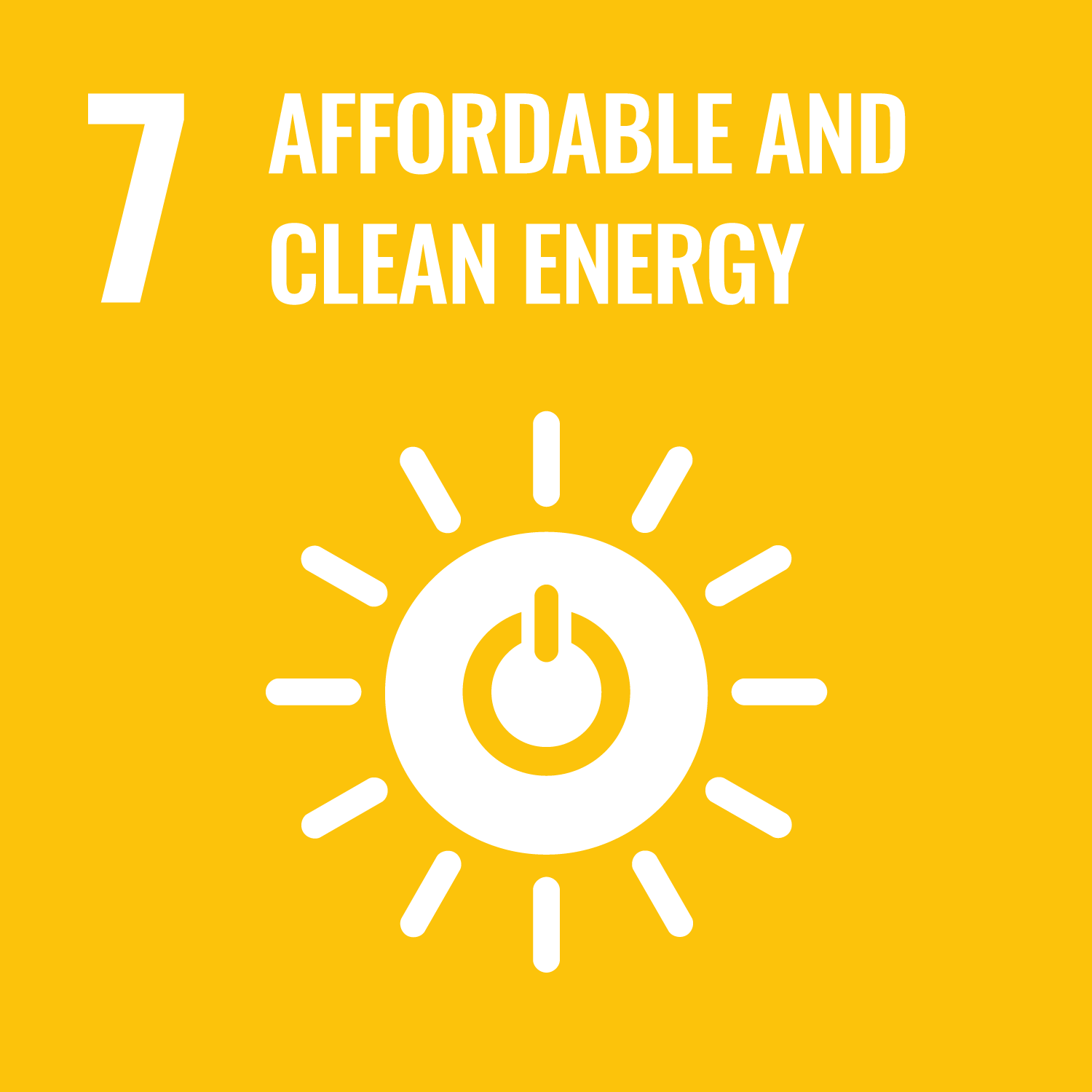Rabea, K. orcid.org/0000-0003-3605-2171, Michailos, S., Hughes, K.J. orcid.org/0000-0002-5273-6998 et al. (2 more authors) (2023) Comprehensive process simulation of a biomass-based hydrogen production system through gasification within the BECCS concept in a commercial two-stage fixed bed gasifier. Energy Conversion and Management, 298. 117812. ISSN: 0196-8904
Abstract
Hydrogen production through biomass gasification coupled with carbon capture has the potential to be a net negative emission process. Among the different designs of biomass gasifiers, the two-stage fixed bed gasifier has proved its ability to produce high quality syngas with minimum tar content at an industrial scale. However, it has not been investigated for hydrogen production. Hence, the current study is the first attempt to assess, through process modelling, the technical feasibility of hydrogen production in a 10 MW<inf>th</inf> two-stage gasification system using wood chips as feedstock. Mass and energy balances have been established in the Aspen Plus and MATLAB software. In contrast to most models in the literature, which were based on the equilibrium approach, the proposed system utilizes reliable kinetic models for the gasifier operation and the main downstream processes. An extensive validation of the gasifier kinetic model has been carried out and then a sensitivity analysis, which has revealed that the optimum steam-to-biomass ration (SBR) is 0.8 and 1.2 for the air-steam and the oxy-steam gasification systems, respectively. Further, the optimum steam-to-CO ratio (S/CO) for the water gas shift reactors (WGSRs) is 4, under which an overall 82.9% conversion of CO has been achieved. The results show that the 10 MW<inf>th</inf> two-stage gasifier can attain a specific hydrogen yield of 81.47 gH<inf>2</inf>/kg dry biomass. Based on the carbon footprint assessment, the process is net negative with an emission factor of −1.38 kgCO<inf>2</inf>-eq/kg biomass. Further, heat integration has also been conducted and it was found that the energy conversion efficiency of the whole system is 49.6%. This study is important since it provides a reliable data source for biomass-based hydrogen production through gasification in a commercial two-stage gasifier that can dictate operational strategies of pilot and demo plants.
Metadata
| Item Type: | Article |
|---|---|
| Authors/Creators: |
|
| Copyright, Publisher and Additional Information: | © 2023 The Authors. Published by Elsevier Ltd. This is an open access article under the CC BY license (http://creativecommons.org/licenses/by/4.0/). |
| Keywords: | Hydrogen; Two-stage gasifier; Kinetic model; BECCS; Oxy-steam gasification; Negative emissions |
| Dates: |
|
| Institution: | The University of Sheffield |
| Academic Units: | The University of Sheffield > Faculty of Engineering (Sheffield) > School of Mechanical, Aerospace and Civil Engineering The University of Sheffield > Faculty of Engineering (Sheffield) > Department of Mechanical Engineering (Sheffield) |
| Depositing User: | Symplectic Sheffield |
| Date Deposited: | 18 Sep 2025 16:00 |
| Last Modified: | 18 Sep 2025 16:00 |
| Status: | Published |
| Publisher: | Elsevier BV |
| Refereed: | Yes |
| Identification Number: | 10.1016/j.enconman.2023.117812 |
| Related URLs: | |
| Sustainable Development Goals: | |
| Open Archives Initiative ID (OAI ID): | oai:eprints.whiterose.ac.uk:231873 |


 CORE (COnnecting REpositories)
CORE (COnnecting REpositories) CORE (COnnecting REpositories)
CORE (COnnecting REpositories)